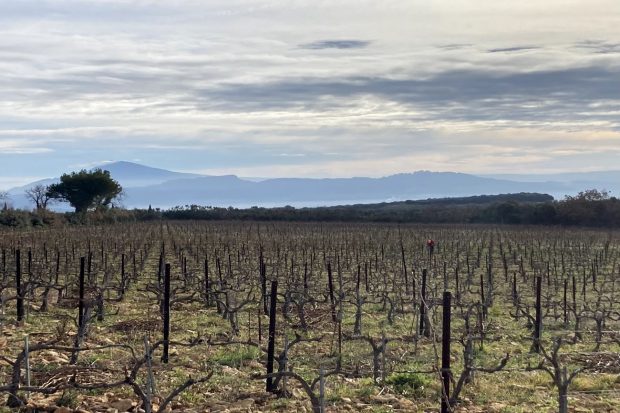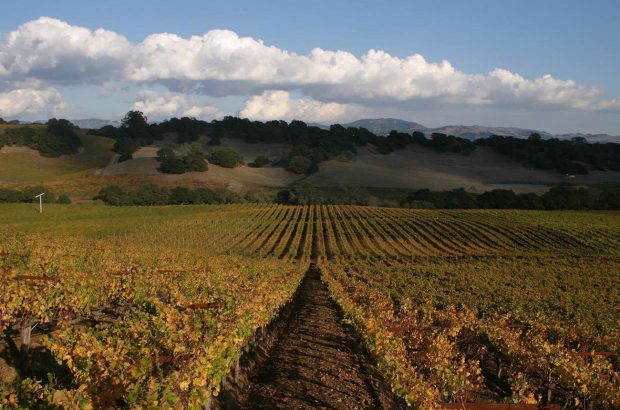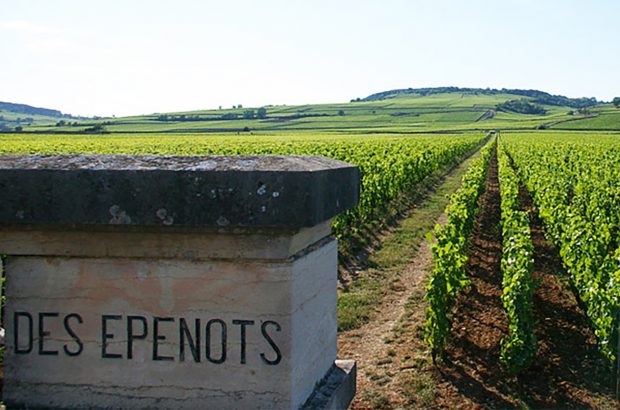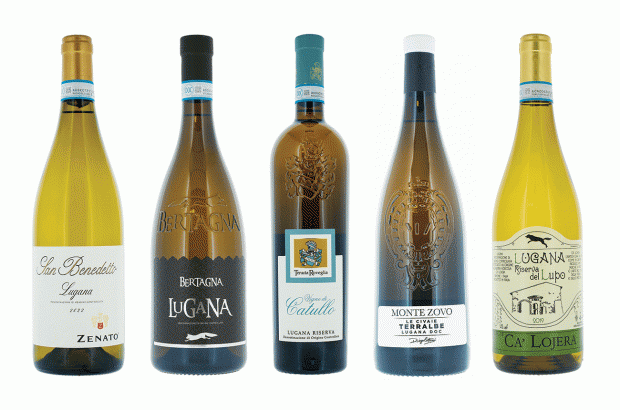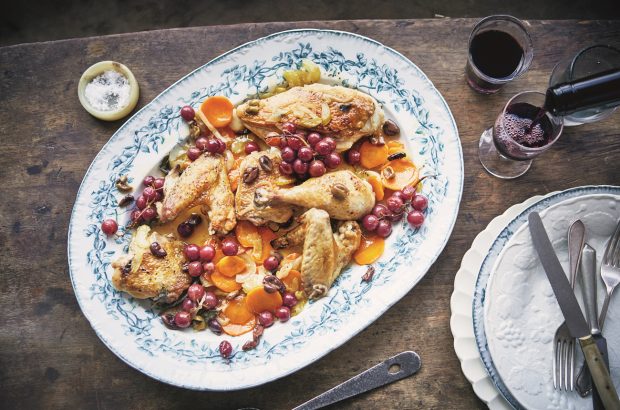- Political talk in Catalan vinous circles is currently dominated by an adjustment to the DO system.
- Penedes’ reputation for being Catalunya’s most innovative zone is under serious threat from Priorato.
- Catalunya and the region is still the heartland of Spanish quality sparkling wine production.
- Catalunya has nine DO zones – the largest number of any region in Spain.
Political talk in Catalan vinous circles is currently dominated by The Bordeaux Option: not a new winemaking process nor even a method of promoting ordinary-quality wines off the back of a region’s greatest estates, but an adjustment to the DO system. The proposal is that, as with the situation in Bordeaux, there should be a generic Catalan wine – DO Catalunya, perhaps – which would allow winemakers and bodegas to mix and match between the nine existing DO zones to provide a good basic everyday wine without losing its Catalan nationality. Beefing up the lightweight red of Empordà-Costa Brava with a slice of hefty Garnacha from Priorat, or giving the rather neutral Garnacha Blanca of Terra Alta a bit of a lift with some low-cost Chardonnay from Conca de Barberà could do the trick – in the manner of the AC Bordeaux – to take the metaphor to its logical conclusion.
What it could also do is to provide the leading winemakers of Catalunya with the opportunity to source top-quality grapes from wherever they choose, to make the styles of wine they want to make, regardless of DO boundaries within the region. Miguel Torres pioneered the idea by mounting a campaign some years ago to have the (then) new DO of Conca de Barberà merged with the DO Penedès. What he wanted was access to the highest vineyards, where the Chardonnay ripens cool and clear, with fresh, crisp acidity (grapes from these parts became his world-beating Milmanda). In the event, the campaign failed to get off the ground, but it did get people talking, and the new proposals are a direct result of the debate started at that time. Significantly, the Torres company has since taken further holdings in the Conca, and Don Miguel is not a man renowned for his mistakes. If the move succeeds (and it has to pass local, national and Brussels bureaucracy first, so don’t hold your breath) we’re likely to see the continued rise and rise of the branded sector: people will buy ‘Torres’ or ‘Jean Leon’ or ‘Mas’a Bach’ or ‘René Barbier’ on the merits of the company’s reputation, rather than on the guarantee provided by the DO Penedès.
Elsewhere, the DO Penedès continues to consolidate its reputation as the senior DO of Catalunya, in size as well as diversity (and not least because of its proximity to the city of Barcelona). If Torres and his peers have decided to take on the French at their own game, other Bodegas have engaged with the Californians. Rosebud-fresh Tempranillo jovenes with masses of raspberry-scented fruit (try Albet i Noya) or rich, ripe, warm Cabernet Sauvignon with textbook blackcurrants on the nose but minimal tannin and the warm kiss of vanilla on the finish (try Cavas Hill). Others stick firmly to tradition, as exemplified by Mas’a Bach’s Viña Extrísima Reserva. Given how often Catalunya’s red wines hit the headlines, it’s sometimes easy to forget that 80% of the Penedès vineyard produces white grapes, turning out, for the most part, pleasant, everyday joven (young, unoaked) wines made from the big three Cava grapes: Parellada, Xarel lo and Macabeo.
If Penedès is the biggest, oldest and richest DO in the region, however, its reputation for being Catalunya’s most innovative zone is under serious threat from one of its much smaller neighbours; Priorat (or Priorato). For years the reputation of this DO rested on the ancient, almost-black, live-for-ever wines of Scala Dei, which are still made in the age-old way in the tiny winery in the village of Scala Dei itself, which has a population of less than three dozen. It’s a mountainous region, and the unique llicorella soil (strata of slate and quartzite) gives way in the highest sites to the schistose bedrock which runs under the Iberian Peninsula from Alella in the east, through Ribera del Duero in the west and the port vineyards of the Upper Douro in Portugal. Highest and wildest are the vineyards around the small town of Gratallops where a group of enthusiasts gathered, about a dozen years ago, to plant vines alongside the River Siurana in the belief that the soils, exposure and carefully husbanded vines, could pull something out of this rather unforgiving landscape that would be unique in Spain. They have been proved right. René Barbier fill (ie the son of the original René Barbier in Penedès) makes Clos Mogador; Carles Pastrana makes Clos l’Obac; the Pérez Ovejero mother and daughter partnership make Clos Martinet, and Alvaro Palacios (of the Riojano Palacios Remondo family) makes Clos (now Finca) Dofi, as well as Clos L’Ermita. This last is made from 80% Garnacha from 100- year old vines with some Cabernet Sauvignon and Cariñena for aroma and colour, and rivals Vega Sicilia as Spain’s most expensive wine.
Such has been the success of Priorat that there are neighbouring wineries wishing to immigrate; most notably those in the comarca (parish) of Falset, which is in the DO Tarragona. This zone is generally known for its clásico wines – fortified red wines with 10 years in cask – and its young, everyday whites and reds which fill supermarket shelves throughout northern Europe. Only in Falset do we see a lift in quality, and this has been due partly to geographic and microclimatic conditions and partly to a new attitude among the wineries. Most prominent is the former co-op at Capçanes which reinvested in 1990 and now turns out some of Tarragona’s finest wines (look out for its Cabernet Sauvignon under the Flor de Maig label). Whether it and its neighbours should be reclassified as Priorat is a moot point, although if the Bordeaux Option is eventually accepted, the matter may become irrelevant.
The other big gun in the Catalan armoury is Costers del Segre, dominated as always by the giant Raimat estate, west of the provincial capital Lleida (the other subzones are east of the city). Owned by the Raventós family (of Codoríu fame) the space-age winery and Californian winemaking techniques turn out Cabernet Sauvignon, Chardonnay and Tempranillo wines of exemplary quality, very much in the New World style. But look out, too, for Castell del Remei from the Vall du Riucorb subzone, an old-established winery with some excellent traditional styles of wine including a splendid Cabernet Sauvignon-Tempranillo crianza.
No mention of Catalunya is complete without at least a passing reference to Cava. Although the wine is made elsewhere in Spain, more than 90% of it comes from Catalunya and the region is still the heartland of Spanish quality sparkling wine production. Indeed, Cava is now the world’s second best-selling sparkling wine after Champagne – ahead of Champagne in some export markets – and new developments (including a black grape-white grape Monastrell- Xarel lo mix from Freixenet) continue to demonstrate that Catalunya – with or without the Bordeaux Option – remains one of the most innovative and exciting areas of Spanish winemaking.
Catalunyan zones
Catalunya has nine DO zones – the largest number of any region in Spain. From north (northern-most point) to south, with Castilian names in brackets, they are:
Empordà-Costa Brava (Ampurdán-Costa Brava): on the French border and famous for its rosados made mainly from Cariñena, but also home to widespread experimental work with Tempranillo, Cabernet Sauvignon, Chardonnay, Syrah et al. The most exciting and innovative wines tend to come from the Castillo de Perelada (also famous for its Cava), but quality is generally high, and strong points are the traditional sweet Garnatxa and Muscat wines (these last bearing a strong resemblance to the Muscats of the neighbouring French Banyuls).
Costers del Segre
Plà de Bages: Catalunya’s newest DO (1997) leapt into the still wine market off the back of many years of growing grapes for the Cava industry. Inevitably, its main stock-in trade is light, white joven wines, but work is in progress and one bodega in particular – Ramón Roqueta – is leading the way with wines made from Chardonnay, Tempranillo and Cabernet Sauvignon.
Alella: small-scale and allegedly shrinking in the face of expanding Barcelonès suburban sprawl, this ancient area still manages to turn out a range of excellent quality wines. Traditionally home to a naturally sweet wine made from the Pansà Blanca (a local variant of Xarel lo). Dry-fermented versions of this are in the ascendant, and the schistose soil has also proved good for Chardonnay vines. Some of Alella’s best are made by the Parxet Company under the Marqués de Alella label.
Penedès (Penedés, formerly Panadés)
Conca de Barberà (Conca de Barberá): emergent region for excellent quality everyday wines (Bodegas Concavins are the most prominent) but enormous potential for high-quality Chardonnay and Pinot Noir in cool, highland vineyards.
Priorat (Priorato)
Terra Alta: a beautiful part of the country where a few large town-based wineries share the DO with a number of sleepy village co-ops. Plenty of potential, however, and some good work by the Gandesa co-op; watch out, too, for a boutique winery called Bàrbara Forés.





